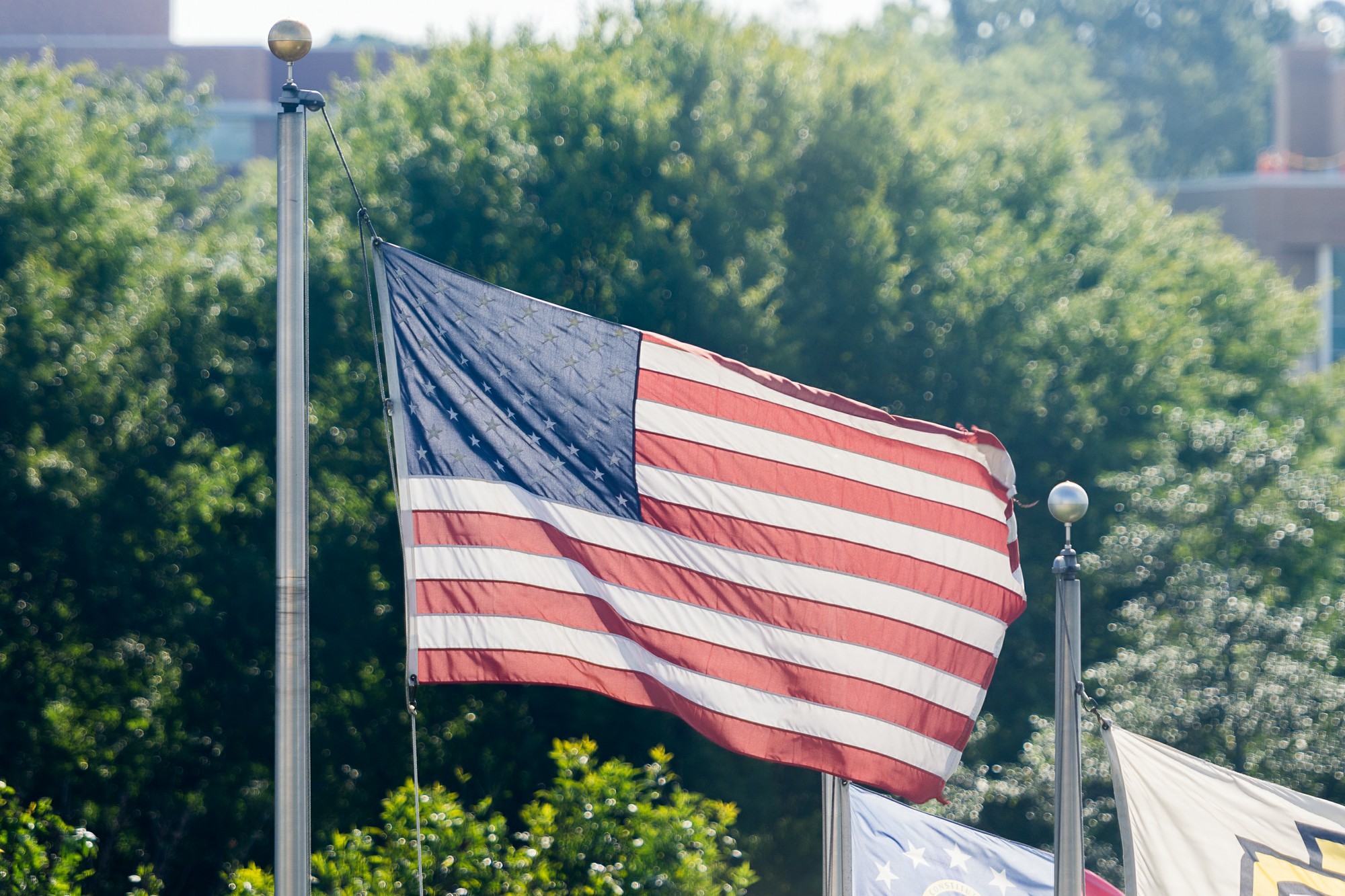As Kennesaw State University’s student body grows more diverse, it is imperative that students be educated on cultural appropriation in order to be preventative.
In 2021, KSU reported that 48% of its student body is white, and the other 52% of students come from various racial backgrounds. For this reason, students should understand the significance of understanding cultural appropriation to make KSU students feel more comfortable.
Assistant of the Greenheart Club Program, Kelsey Holmes, defines cultural appropriation as using an aspect of a different culture for the means of personal interest. Cultural appropriation can be mentally detrimental to a person of that culture and practice.
Knowing the difference between cultural appreciation and cultural appropriation is crucial to learning and respecting minority groups, as compared to mocking them and their cultural traditions.
According to the University of British Columbia, cultural appreciation is when an individual respectfully broadens their knowledge of another culture so that they can connect with members of that culture. This is different than cultural appropriation, which fuels racial inequity and discrimination.
Cultural appropriation keeps an asymmetrical power distribution because white people are praised for the same things that minority groups are harassed for. At primarily white institutions, cultural clothing, food and customs are often belittled by white students; however, many students still engage in these cultural practices while simultaneously mocking them.
Cultural appropriation is active within colleges in the United States through forms of mascots, fashion and even intellectual property.
Research done by the American Psychological Association has shown that mascots imitating Native Americans can negatively affect the self-esteem of Native American youth. This is just one example of the negative impacts that cultural appropriation can have on young minority groups.
According to the work of Lorenzo Lorenzo-Luaces, Ph.D., cultural appropriation furthers toxic stereotypes surrounding minorities in the United States.
“Ultimately, mental health cannot be separated from factors like racism and discrimination that pervade everyday life for racial/ethnic minorities, including commonly reported micro-aggressions,” Lorenzo-Luaces said.
Ignorance of cultural appropriation can contribute to racially motivated hate crimes on college campuses. The National Center for Education Statistics (NCES) reported a 40% increase in racial hate crimes on American campuses between 2011-2016. Research suggests that racial biases lead to these hate crimes.
Since diversity is increasing on American campuses, it remains necessary for students to be aware and educated on the factors that allow cultural appropriation to prosper. Institutions directly affect social interactions; thus, education begins with students who want to see this phenomenon come to an end.



